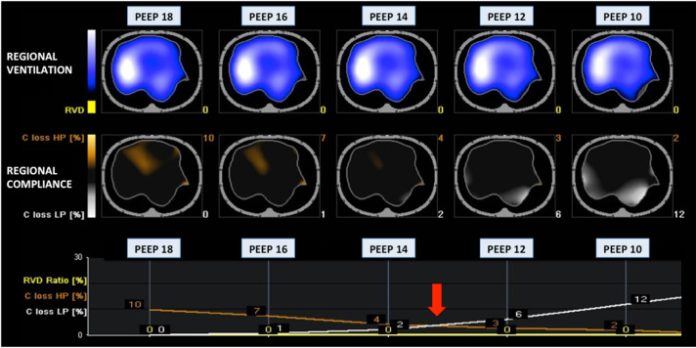In the ever-evolving landscape of medical imaging, various techniques offer distinct advantages and applications. Electrical Impedance Tomography (EIT) stands out as a non-invasive method, but how does it compare with other established imaging modalities? This article explores the strengths, limitations, and unique features of Electrical Impedance Tomography in comparison to other imaging techniques.
1. X-ray Imaging:
Strengths:
- X-rays provide high-resolution images and are widely used for bone imaging.
- Rapid imaging allows for quick diagnosis in emergency situations.
Limitations:
- Ionizing radiation poses potential health risks.
- Limited soft tissue contrast.
Comparison with EIT:
- EIT does not use ionizing radiation, making it safer for repeated imaging.
- EIT excels in soft tissue contrast, providing real-time monitoring capabilities.
2. Magnetic Resonance Imaging (MRI):
Strengths:
- Excellent soft tissue contrast.
- No ionizing radiation, making it safe for various applications.
- Multi-planar imaging capability.
Limitations:
- Expensive equipment and longer imaging times.
- Contraindications for certain patients (e.g., those with pacemakers).
Comparison with EIT:
- EIT is more cost-effective and provides real-time imaging.
- Limited spatial resolution compared to MRI.
3. Computed Tomography (CT) Scans:
Strengths:
- High-resolution imaging of bones and soft tissues.
- Useful for detecting a variety of conditions, including tumors and fractures.
Limitations:
- Involves ionizing radiation.
- Limited real-time imaging capabilities.
Comparison with EIT:
- EIT is radiation-free and allows for dynamic monitoring.
- CT offers higher spatial resolution but lacks continuous monitoring capabilities.
4. Ultrasound Imaging:
Strengths:
- Non-invasive and portable.
- Real-time imaging during procedures.
- No ionizing radiation.
Limitations:
- Limited penetration for deep structures.
- Operator-dependent and limited by acoustic windows.
Comparison with EIT:
- EIT provides better penetration and continuous monitoring capabilities.
- EIT may lack the same level of anatomical detail as ultrasound.
5. Positron Emission Tomography (PET) Scans:
Strengths:
- Excellent for functional imaging and cancer detection.
- High sensitivity for detecting abnormalities.
Limitations:
- Involves ionizing radiation.
- Limited spatial resolution.
Comparison with EIT:
- EIT is safer due to no ionizing radiation exposure.
- EIT offers real-time monitoring but may have lower spatial resolution compared to PET.
6. Functional Magnetic Resonance Imaging (fMRI):
Strengths:
- Maps brain activity and connectivity.
- No ionizing radiation.
Limitations:
- Expensive and time-consuming.
- Limited spatial resolution.
Comparison with EIT:
- EIT provides continuous monitoring and is more cost-effective.
- fMRI offers better spatial resolution for brain imaging.
Conclusion:
While each imaging modality has its strengths and limitations, Electrical Impedance Tomography (EIT) stands out for its unique combination of non-invasiveness, real-time imaging capabilities, and absence of ionizing radiation. EIT is particularly valuable for continuous monitoring, such as in lung ventilation and brain activity, making it a promising technology in various clinical scenarios. As technology advances, the integration of multiple imaging techniques and the ongoing refinement of EIT algorithms may contribute to a more comprehensive approach to medical imaging, ultimately benefiting patient care and diagnosis.







